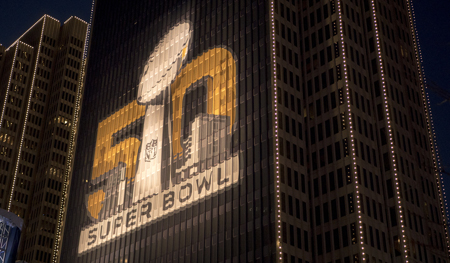If you’re reading our blog on this beautiful Saint Valentine’s Day, we think you should stop immediately (like 5 seconds ago), step away from your iPhone and go snuggle up with your love connection. Seriously, do it. Our musings on romance and travel can wait. If you’re reading this sometime after the great lover’s holiday, please enjoy these few fun stats for the destination marketer about finding new love and the modern traveler.

Just for the heck of it, we asked a few questions about romance and travel on our soon to be released The State of the American Traveler Survey. The results paint an unexpected picture of Americans hitting the road in search of love.
As it turns out, if you’re an American looking for a new romance on a vacation, we have some discouraging news for you. Your chance of success isn’t all that good. While we may all have secret dreams of “things happening in Vegas that stay in Vegas,” finding a new partner on the road seems to be a little harder than expected. Our survey shows that last year a little over twenty percent of us have left on a vacation in hopes of making a new romantic connection. But, alas, only about one quarter of these impassioned travelers (26.3%) found success in meeting a special someone.
Traveler Hook-ups
(Travel Activities in the Past 12 Months)

To be blunt, in most of life this success rate would be considered abysmal. If a high school student scores 26 percent on a Calculus test, they fail. Remedial Algebra here we come. In Major League Baseball, a player batting .263 is sent down to the minors, or dumped completely. On Tinder, whose ego would not be bruised if they knew they got only one out of four right swipes?
We don’t mean to take the wind out of your romantic sails, as there is good news in our research. We all know travel is a powerful aphrodisiac, and despite the fact that three out of four traveling romance seekers strike out, serendipity isn’t dead. Coincidental romance still happens, as overall, 13.7 percent of us met a new romantic partner while on the road last year. This means that over 10 percent of those with no expectations at all for travel romance got lucky (with a new person) on the road last year. From a purely numerical standpoint, with hundreds of millions of travelers exploring our great country, we declare this to be very Happy Valentine’s Day news.
As an aside, it should come as no surprise that romance and travel is still, for the most part, the domain of the young. Millennial Generation travelers are nearly three times as likely to meet a new partner on the road as are Baby Boomers.
Where do we go for romance?
Overall, the top destinations we think are romantic are not tremendously surprising. We asked American travelers in an open-ended question (meaning they could write in any answer they wanted) what single American destination was the most romantic. The list of top destinations that emerged is sprinkled with fabulous cities and traditional honeymoon spots. The top twelve destinations are shown below.

Who wouldn’t get lost in the romantic possibilities of any of these fantastic places? Wherever we go looking for love, though, hope does spring eternal; and travel romance can be a new start as well as a cure for a bad relationship. Amazingly, nearly one fifth of American travelers (17.2%) took a leisure trip “specifically to get away from someone” last year. While some may find this unsettling, to the hopeful romantics here at Destination Analysts, this only confirms the old folk wisdom that you don’t need magic to disappear, just a destination.

